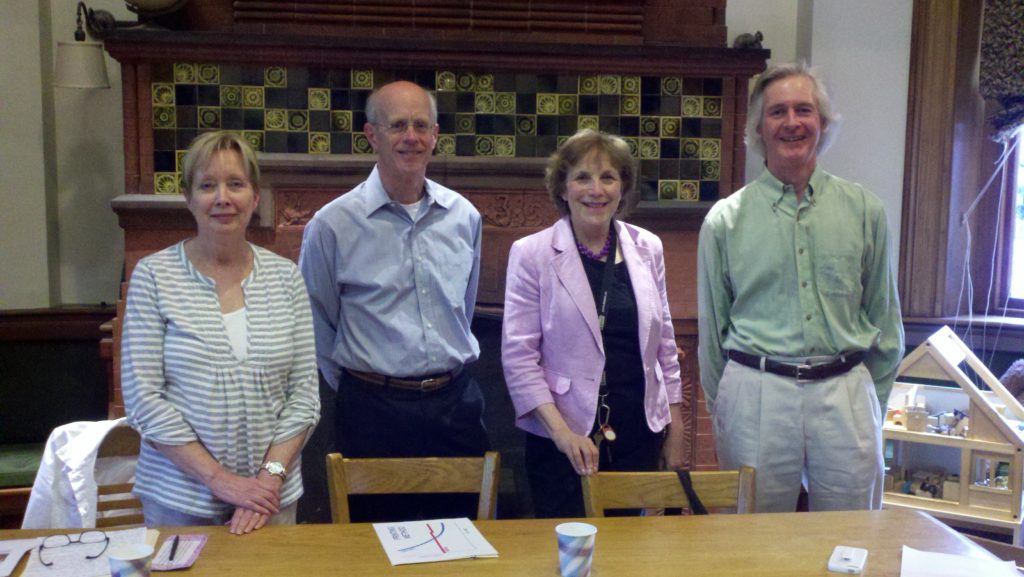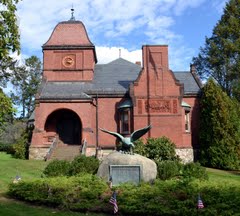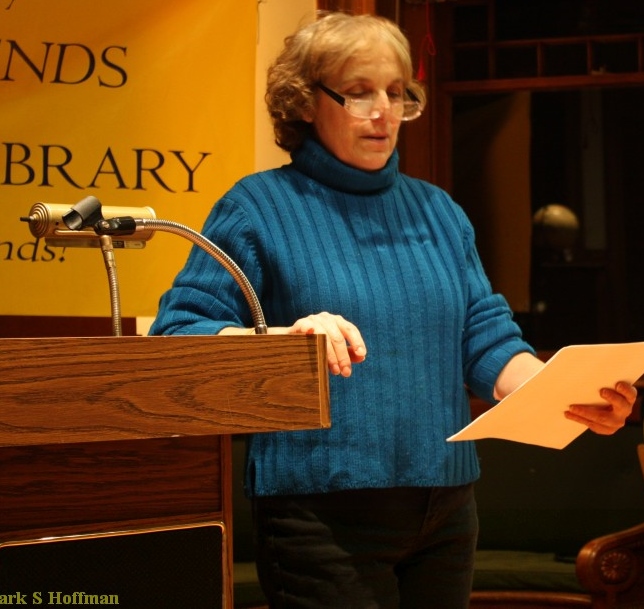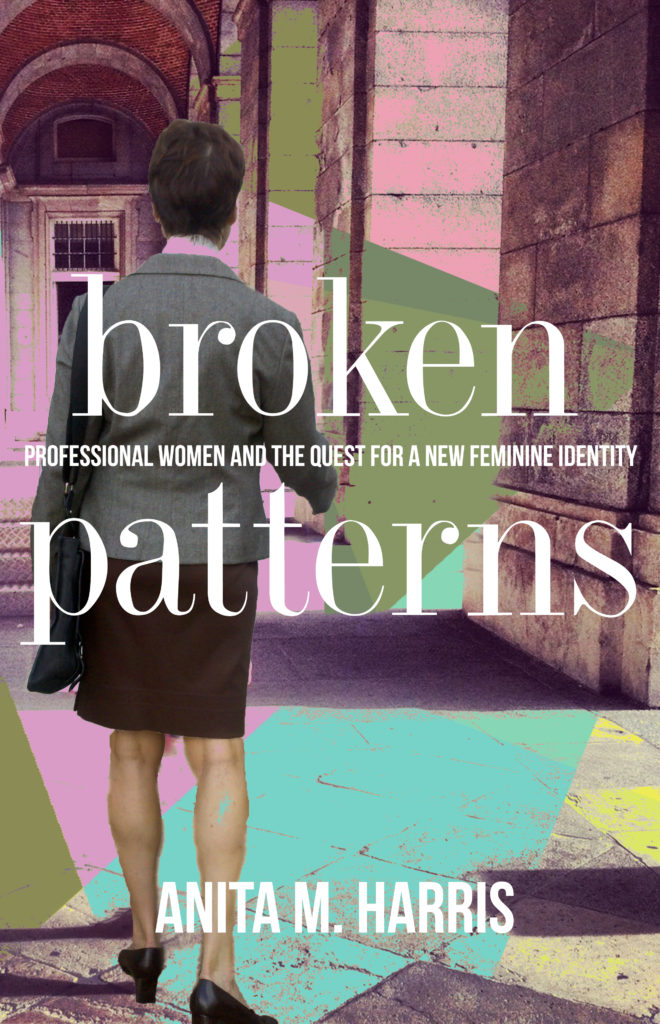Author Anita Harris reports on a panel about independent publishing on which she appeared with Susan...
author
Cambridge Author Anita Harris will speak on "Publishing On Your Own," Panel at Lincoln, MA Library May...
The Whitney's 2014 Biennial has been excoriated by critics but Cambridge writer Anita Harris was guided through...
The Cambridge Art Association's National Prize show will run from May 13 through June 26, 2014, at...
Cambridge Author and Communications Consultant Anita Harris discusses the Sheryl Sandberg Ban Bossy on PBS' To the...
A new edition of Anita Harris' book, Broken Patterns, has been published by Cambridge Common Press. The...





